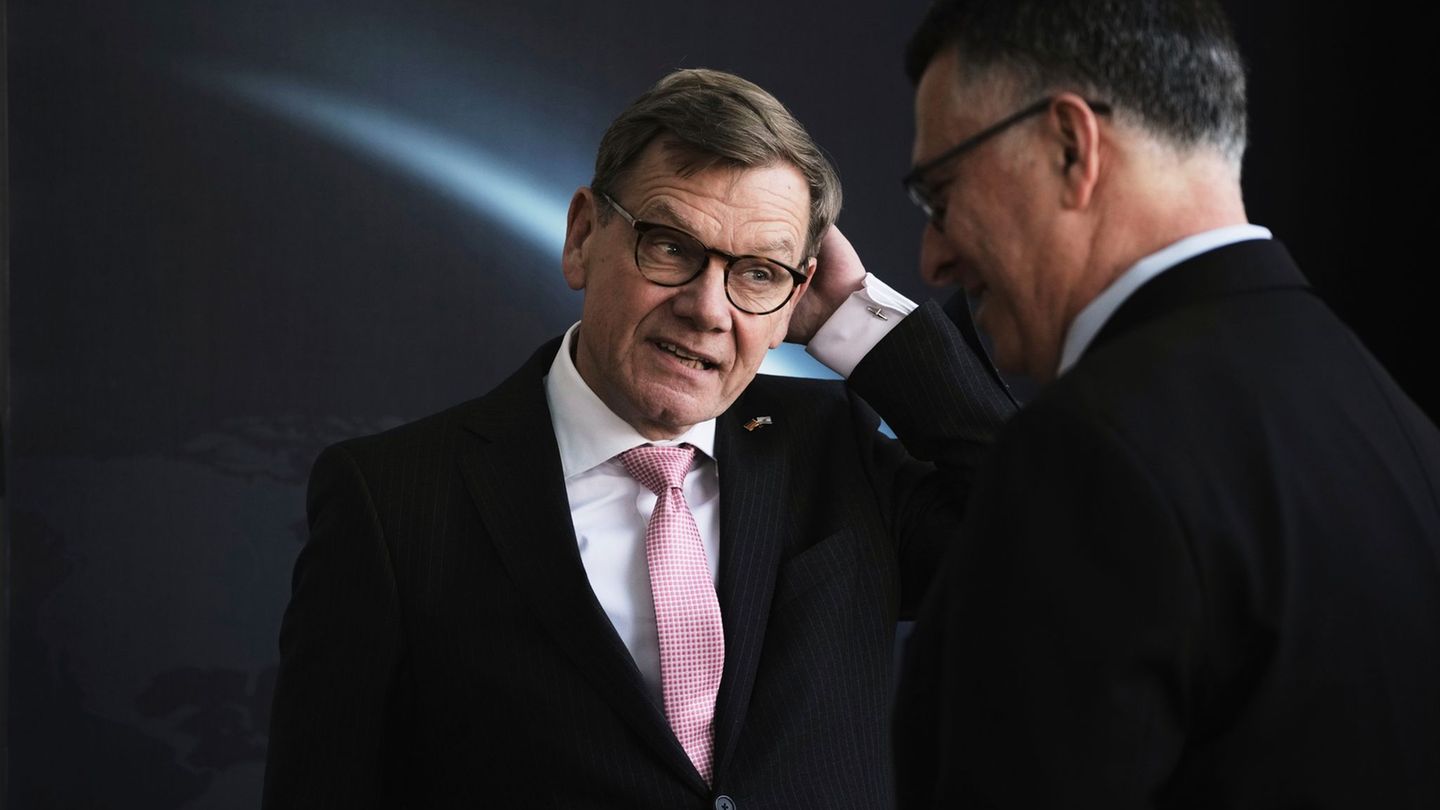Capital flows to emerging markets They stabilized last May, ending two months of volatility and contraction, as shown in the monitoring of the IIF that realizes that non -resident flows increased to U $ S19.2 billion, which represents a I turn with respect to the net exit of US $ 3,700 million registered in April.
IIF analysts explain that Investors are not abandoning emerging markets, They are selectively rotating within them, and while the search for performance continues, the obstacle to the return returned. Therefore, maintaining the recovery of the flows will require not only a favorable dynamic of interest rates, but also clarity in policies both in developed and emerging markets, They advise.
According to the “Think Tank” data of the International Banking, the flows to emerging bonds totaled US $ 10,800 million last month, in line with recent averages, with a strong concentration in China, which attracted US $ 11,100 million. While the flows to the rest of the emerging markets were slightly negative, at US $ 300 million, which suggests, according to IIF analysts a continuous selectivity in positioning.
As for the flows oriented towards the shares of emerging markets there was a rebound of US $ 8.4 billion, after the strong output of US $ 12,000 million in April, mainly driven by emerging ones, excluded China, which registered tickets of US $ 7,000 million.
Despite the entry of flows to emerging markets, investors became cautious
While the return of positive flows in May points out a modest change in feelingcaution persists because they continue to depend largely on the world monetary scene. It is true that May data showed a generalized improvement, with a positive contribution of both the variable and debt income components, but the hidden recovery significant asymmetries between regions and asset classes, and, according to the IIF, the underlying tone of investors remains cautious before the persistent world uncertainty.
“Investors are not abandoning emerging markets, but they are rotating the selectivity within them. To sustain the recovery of capital flows, not only a favorable dynamic of interest rates will be required, but also political clarity in developed and emerging markets,” they explain from the IIF.
Emerging markets.jpg
The flows are guided by the global panorama
One of May’s remarkable facts is that The foreign demand for bonds in local currency remained firm in some markets, especially in Asia, where real yields and stable monetary anchors continue to promote participation. In addition, this pattern underlines the growing fork within the emerging market debt complex; Since, although the broadcast of strong currency has remained a challenge for many emitters of lower rating, local markets continue to offer resilience redoubts.
Emerging markets: what countries lead the flows and what place occupies Latin America
While, on the side of the Variable rental market, Investors seem to be recalibrating their exposure to markets with solid internal policies and a sensitivity limited to disruptions in global supply chains. In this regard, the IIF highlights that the change in trend in the flows was particularly notable in the emerging markets of Asia, which captured almost US $ 5,000 million in net tickets, partially reversing the large departures in April.
Why are you talking about greater selectivity? Is that the regional composition of flows reinforces this tendency towards a selective reactivation: Emerging Asia markets were the main beneficiaries in Mayattracting US $ 11,400 million in various kinds of assets, where most of the tickets came from local debt and variable income channels, since investors responded to the stabilization of inflation and more predictable political positions.
Instead, Latin America registered a modest net entrance of US $ 1,100 million, with a strong demand for varying income partially compensated by a marked decrease in bond flows. For their part, emerging markets in Europe attracted US $ 5,100 million, promoted by the resilience of the demand for national bonds in countries with better tax perspectives. Also the flows in the Middle East and North Africa became positive, with US $ 1,600 million, driven by a rebound in fiscal confidence related to oil and the return of foreign purchase interest in the issuance of sovereign debt.
Facing the future, Global macroeconomic conditions remain fluidmaintains the IIF: despite the recent stabilization of flows, the positioning of investors is still influenced by a high degree of uncertainty around the economic perspectives of the US; And while the possibility of two or three rates cuts by the Fed remains on the table, the confidence in this scenario has weakened due to the contradictory signals of the data.
They explain that, although inflation tends down, The resilience of the labor market and the rigidity of the prices of services complicate the trajectory of short -term policies, So, for emerging markets, this ambiguity translates into greater volatility of cross -border capital flows and greater sensitivity to fluctuations of real interest rates in the US.
Source: Ambito
I am a 24-year-old writer and journalist who has been working in the news industry for the past two years. I write primarily about market news, so if you’re looking for insights into what’s going on in the stock market or economic indicators, you’ve come to the right place. I also dabble in writing articles on lifestyle trends and pop culture news.




